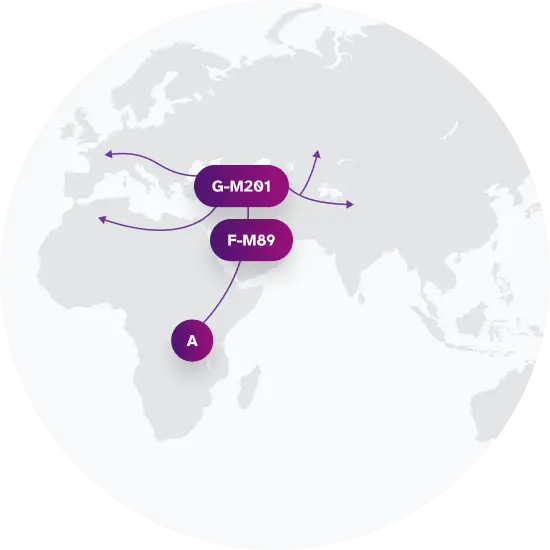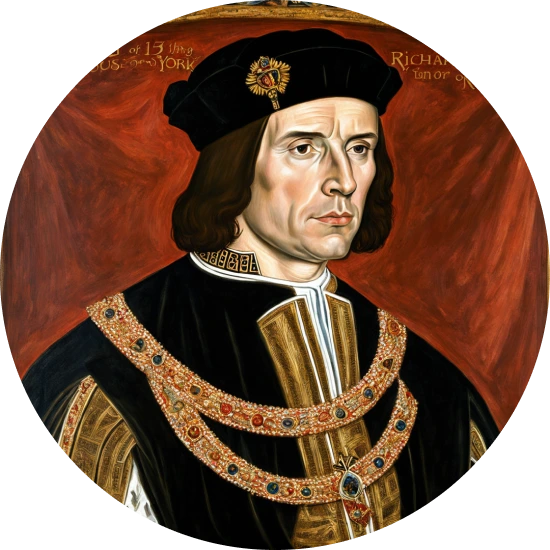Haplogroup G-FGC2996
What is Paternal Haplogroup G-FGC2996?
Haplogroup G-FGC2996, also known as Haplogroup G-M201 (Y Chromosome Consortium long-form label), is a genealogical group of lineages defined by unique genetic markers present on the Y-chromosome. Your paternal haplogroup, or that of your father if you do not have a Y-chromosome, paints a picture of your ancient origins and the migrations of your ancestors. Although your paternal haplogroup reflects just one of your many ancestral lineages, it carries information about that lineage over tens of thousands of years.
Haplogroup G-FGC2996 is descended from haplogroup G-M201. Among 23andMe research participants, haplogroup G-FGC2996 is commonly found among populations in Italy, the United Kingdom and Ireland.
It's important to note that your haplogroup doesn't define your current ethnic identity; rather, it provides an insight into your deep ancestry on the paternal side.
 Paternal Haplogroup Origins G-M201
Paternal Haplogroup Origins G-M201Top Surnames with Haplogroup G-FGC2996
For surnames with sufficient representation in the data, these percentages represent the frequency with which each surname is found in individuals exhibiting this genetic marker.
Haplogroup G-FGC2996 is linked to Richard III
The much-maligned English Monarch, King Richard III, died in the Battle of Bosworth Field in 1485 — likely the result of a severe blow to the back of his head. Richard's body was buried in a friary church in Leicester, but the structure was demolished less than 100 years later thanks to the dissolution of the Catholic Church in England, and many thought his skeleton lost to time. But, in 2012, a team of researchers decided to launch a hunt for the monarch's remains. On the first day of excavations, archaeologists uncovered a human skeleton with signs of scoliosis and severe head wounds, which matched descriptions of the English King. To confirm his identity, scientists compared the skeleton's paternal haplogroup, haplogroup G-P287, to the Y-chromosomes of living, paternal-line descendants of Richard's great-great-grandfather, King Edward III. But, there was a mismatch, suggesting that if the skeleton did indeed belong to Richard III, there must have been at least one instance of false-paternity in the 19-plus generations separating King Edward III from his living descendants. However, the scientists also tested Richard's mitochondrial DNA, and found an exact match with a documented matrilineal descendant of Richard's sister, Anne of York. In early 2013, the University of Leicester announced that — beyond any reasonable doubt — the skeleton belonged to Richard. Richard III's paternal lineage belongs to the G-P287 (G2) branch of haplogroup G-M201 (G).
 King Richard III depicted in the Battle of Bosworth Field.
King Richard III depicted in the Battle of Bosworth Field.